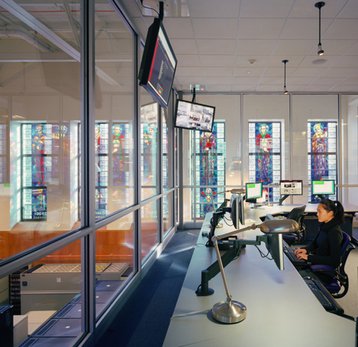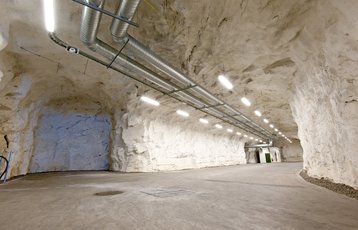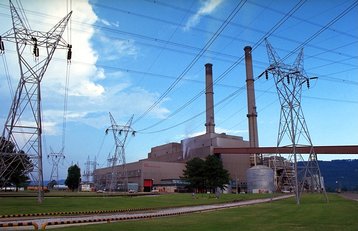Buildings often get recycled, and this week’s news that a data center will be built in a former Soviet plane factory in a cave in Finland is just the latest in a string of such conversions.
The most impressive recycled building I’ve seen is the Temple of Hathor at Dendera in Egypt, built 2000 years ago, on a previous temple 2000 years older than that. When it became a Christian church, the images of the goddess Hathor got turned into the Virgin Mary.
It’s not been turned into a data center though - at least not so far. But I do know of at least three data centers installed in disused churches.
See you in church?
The St Edmund’s Hall data center at Boston College is in a former Catholic chapel, with the stained glass still in place. In Leeds, UK, AQL has put a data center inside the disused Salem Church. The Barcelona Supercomputing Center houses the MareNostrum machine in a chapel building at the Polytechnic University of Catalonia.
Data centers in bunkers and former military buildings are more common. These include Bahnhof’s famous Pionen data center, in a civil defence bunker under Stockholm, and Server Farm Realty’s Titan data center at Moses Lake, Washington, which was once the control station for the US Titan missile defense system - and is reputedly bomb-proof.
Military sites are probably a better bet than churches: they will be tough buildings in solid locations, with good power and networking, while churches may even struggle to provide decent sanitation.
Both Green Mountain in Norway and Verne in Iceland are making use of former NATO weapons stores, which obviously have high security. The Green Mountain site is in a cave.
Another underground ex-military site is Ark Continuity’s Spring Park in Wiltshire UK, which was once a Ministry of Defence store. That site has been recycled at least once before that, however, as it provided stone for British buildings since Roman times. Mining got properly started there when Victorian engineer Isambard Kingdom Brunel found a seam of good limestone there while digging a railway tunnel,
More prosaically, a lot of data centers are being built in former factories and out-of-town retail parks. In some cases, there’s a sequence of failed investments in one building, using different tax incentives. The last one in is the data center - hopefully finally making good.
Re-purposed factories
Apple, for instance, recycled the GTA factory in Arizona that was supposed to make screens for iPhones, turning the building into its command center.
Next Generation Data’s Welsh site was originally an LG factory, and last week Markley group took over a former pasta factory in Massachussetts for a 50MW facility.
But this week Google announced a change as profound as the rededication of Dendera, announcing it would take the redundant Widows Creek coal-fired power station in Alabama, and build a data center powered by renewable energy.
Of course, there’s a big difference between producing energy and using it, but Google will at least re-use some of Widows Creek’s power distribution network, delivering power to the site instead of from it.
Google’s recycling effort works on several levels, and we look forward to hearing of other sites that get a data-centric makeover






